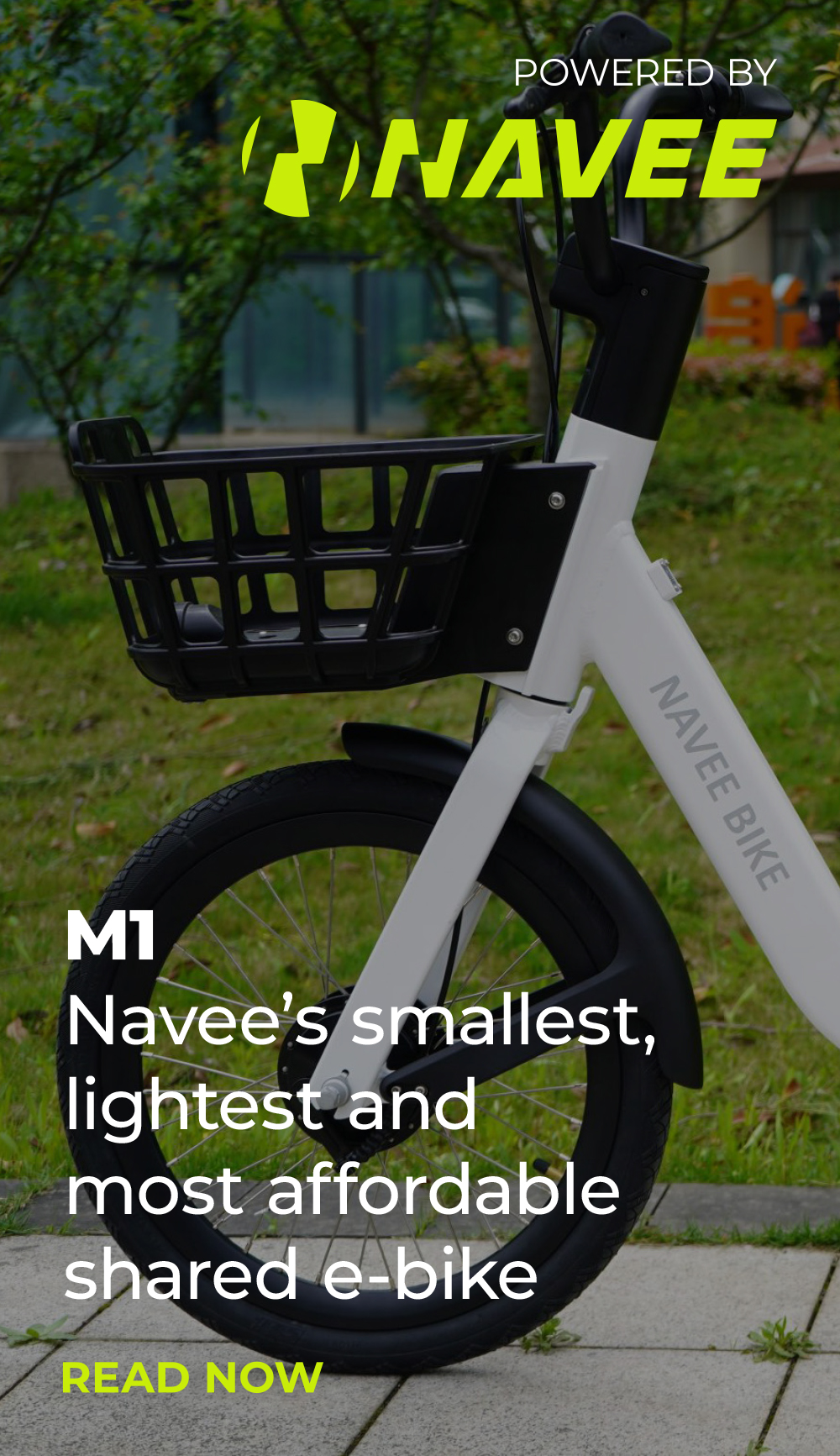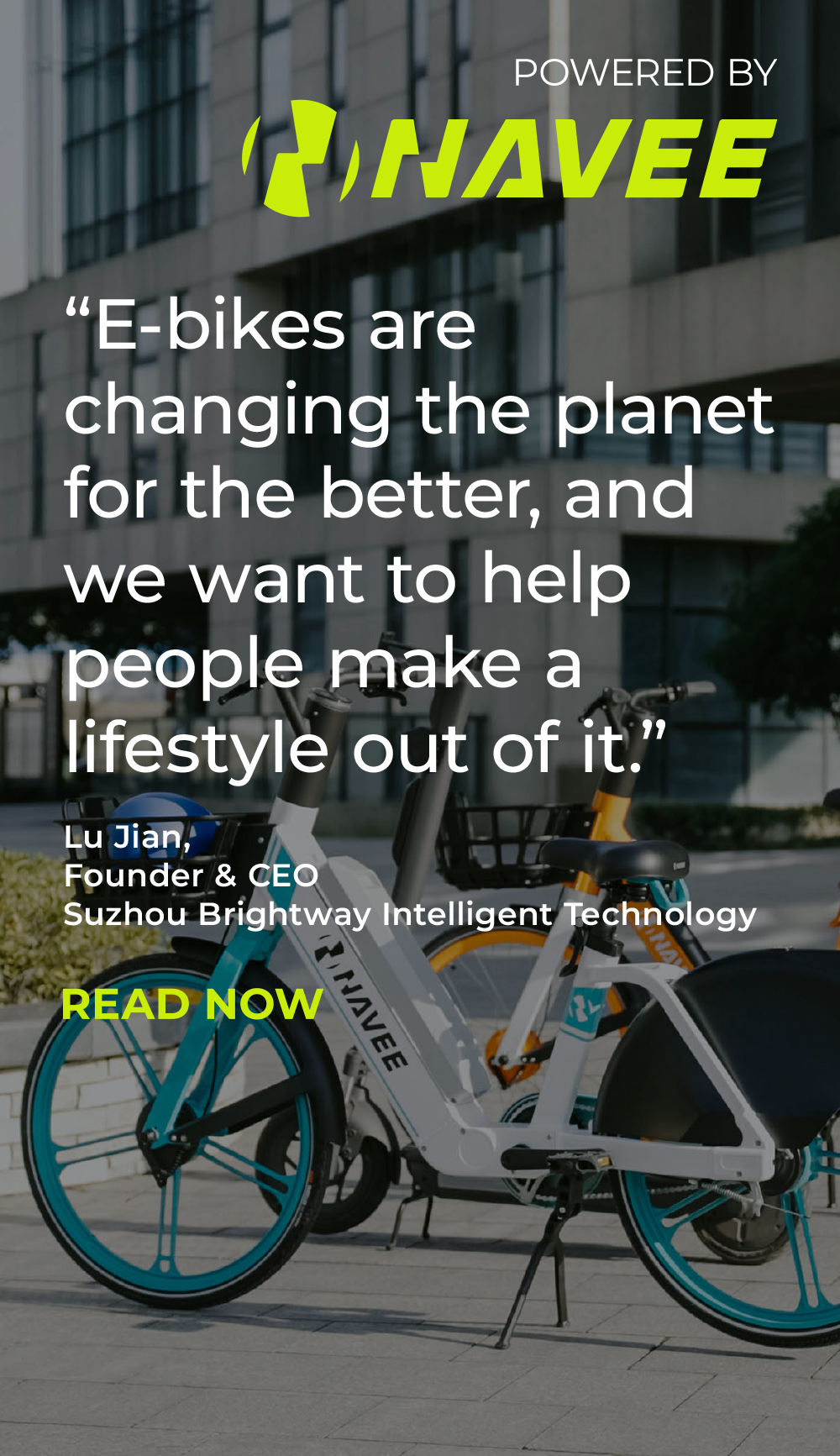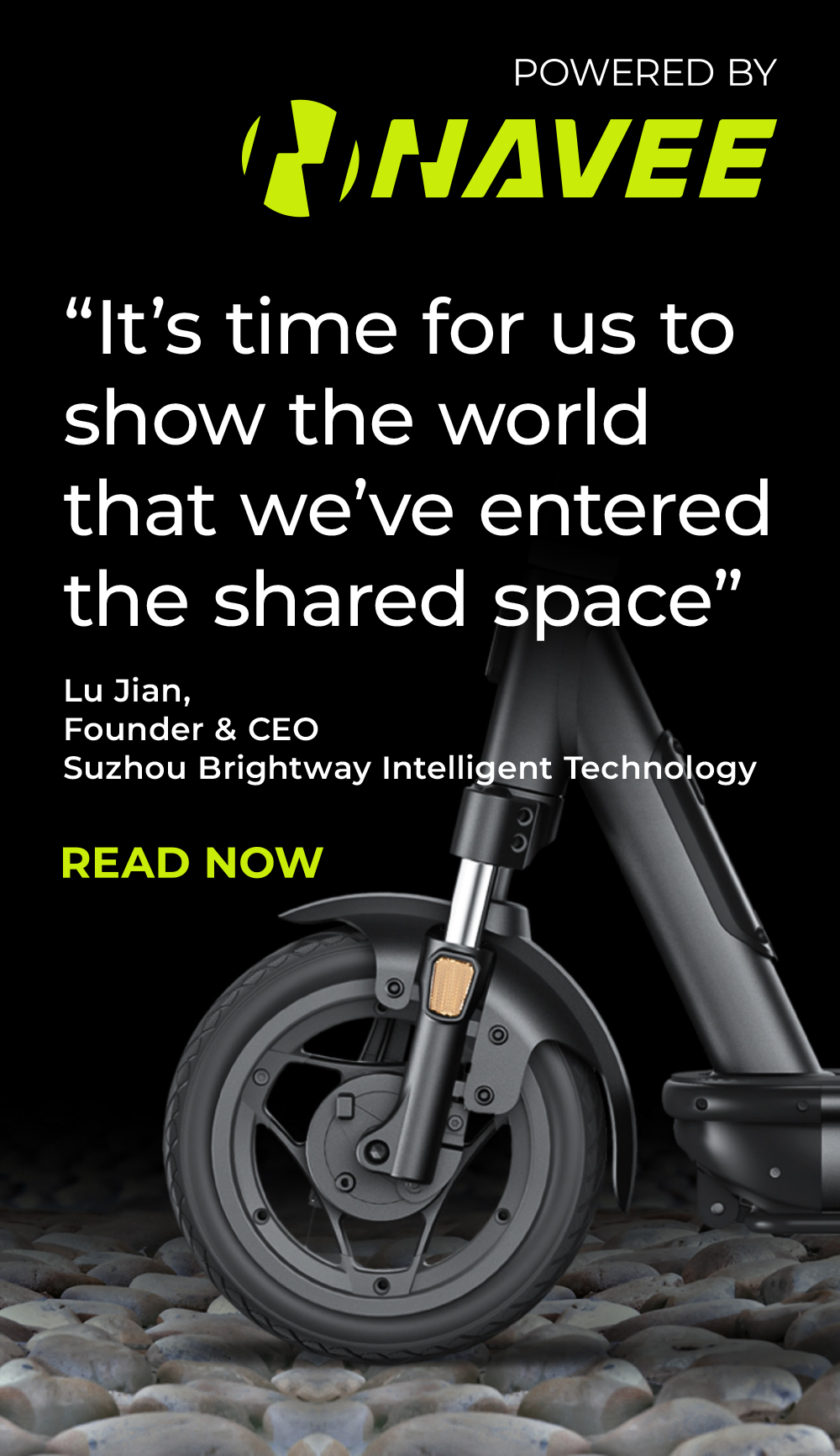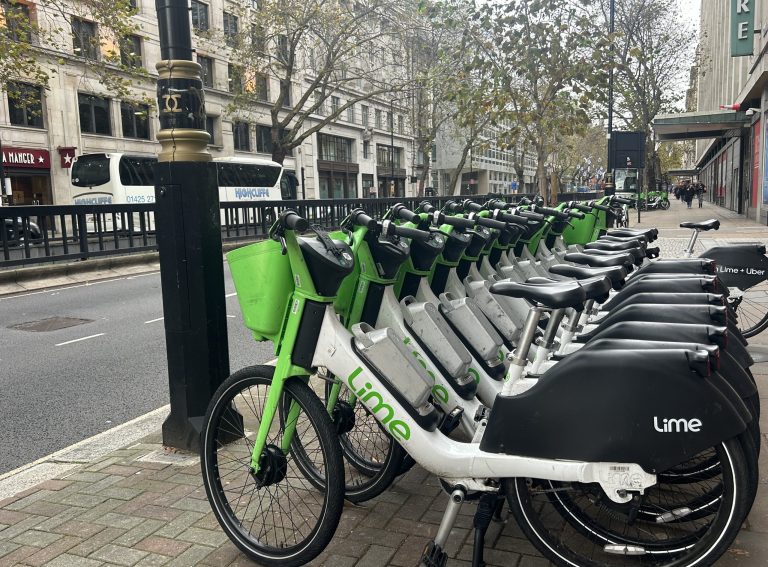Almost a year after the first UK e-scooter sharing trial launched in Middlesbrough, and with similar operations having launched in 50 other towns and cities since, the capital finally gets its turn. Three operators launched in parts of London on Monday: Tier, Lime and Dott.
We’ve tested the e-scooters and have analysed the data. This is what we’ve learned so far:
1. LONDON IS STARTING SMALL
There are currently around 600 e-scooters for sharing in London:
- Tier has deployed around 180.
- Dott has deployed around 240.
- Lime has deployed around 150.
In each case, the scooters are mainly in West London, with around 100 in total in East London’s Tower Hamlets, mainly around Canary Wharf.
The scooter providers are keeping to strict limits on numbers allowed but this will likely grow incrementally following reviews by Transport for London every few weeks, assuming no major problems are being reported.
Some early initial reports from Lime suggest a reasonably popular start with a few hundred journeys a day. Considering central London is not yet in the trials, this is encouraging.
2. THE RULES ARE CUMBERSOME
All operators require your driving licence to be scanned and verified (normally automatically) before first use and you have to do a short, easy safety quiz. They all cap the speed at 12.5mph (which is unfortunately not quite fast enough for mixing with London traffic) and they all only allow parking in defined parking spaces, with GPS and photos used to enforce this.

But London’s operating map is extremely complicated, with hundreds of slow-speed and no-ride areas. The reliance on error-prone GPS near often tall buildings results in frequent unexpected slowdowns if you happen to, for example, stray quite near to a park or water channel. Lime’s map in particular, which has to accommodate bikes, just looks like a mass of lines and warning symbols.
There are also numerous bugs in the apps – notices hidden behind buttons, messages simultaneously saying you are in a parking area and a no-parking zone, and some misplaced parking locations forcing users to park elsewhere in a street and then wheel the scooters to the actual parking hub, which are marked on the ground.
Tier doesn’t have any parking locations in Hammersmith & Fulham, but the others do. Lime’s app won’t reveal where you can park at the end of your journey, until you start one. Dott’s parking locations are shown with tiny icons, only visible on zooming in. Tier’s licence verification process was slow and error-prone, and the app was not clear about what was going on during it.
It all makes for a less than smooth ride experience. It is early days for London, but these are all operators which have fleets elsewhere and should have been able to address these bugs by now.
3. THERE ARE SUBTLE OPERATOR DIFFERENCES
There are some distinguishing features between the operators:
- If you take a “helmet selfie” (with your own helmet), then Lime will automatically give you 25% off the journey – making it the cheapest in London and indeed one of the cheapest in the UK.
- Lime is offering discounted future journeys, if you fill out a short demographic survey on the Department for Transport website, after your first ride.
- Your first ride with Tier is capped at an uncomfortably slow 8mph, with no way to switch this off. With Lime, you also have the option to cap your speed, but it can be toggled.
- Dott has registration plates on the back of its scooters, where it’s easier for the public to read, and antiviral copper tape on their handlebars. These are both good ideas and it’s a shame they haven’t been adopted by the other two operators.
- Dott’s acceleration seems a lot more gentle than Tier’s or Lime’s. It’s probably therefore the best for new users. If you are used to e-scooters already, try Lime.
Pricing is pretty similar between the three, so your choice is probably a matter of personal preference.

4. THERE ARE THREE TRIALS IN LONDON, NOT ONE
There are in fact three separate operating areas, not currently connected to each other:
- West London (Kensington & Chelsea, Hammersmith & Fulham and part of Ealing borough).
- Richmond – severed from the other west London operating area by Hammersmith Bridge being closed, unless you walk your scooter, out of zone, across Putney Bridge.
- Canary Wharf, plus beside some Transport for London stations on/near the Isle of Dogs and Bow, in Tower Hamlets. This is a bit of a surprise addition – and makes it more useful here than it just being based in Canary Wharf itself which is easily walkable.
There is no access for the scooters to central London, currently. However, we understand that Westminster and the City of London will now be joining the trials on 5 July, which will make a big difference to the usefulness and opportunity of the trials in London, and create a single trial area north of the River Thames.

.






